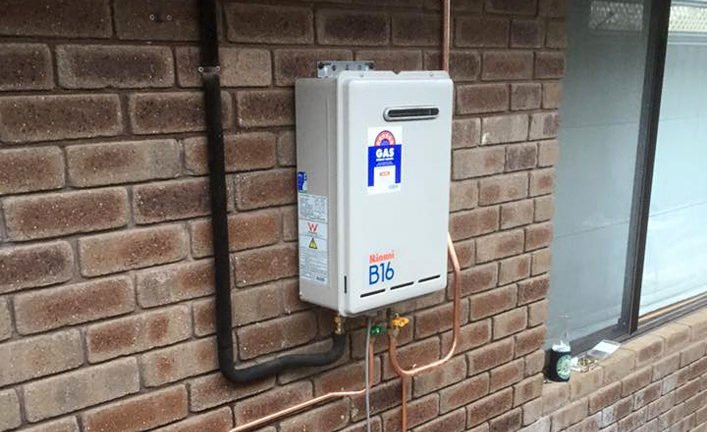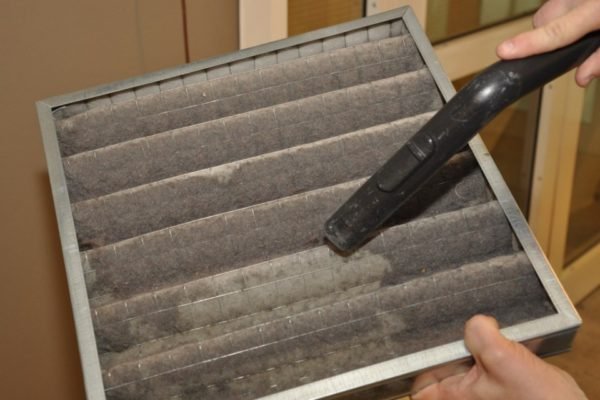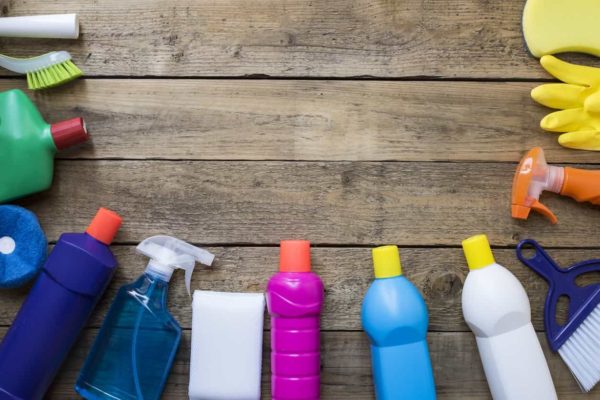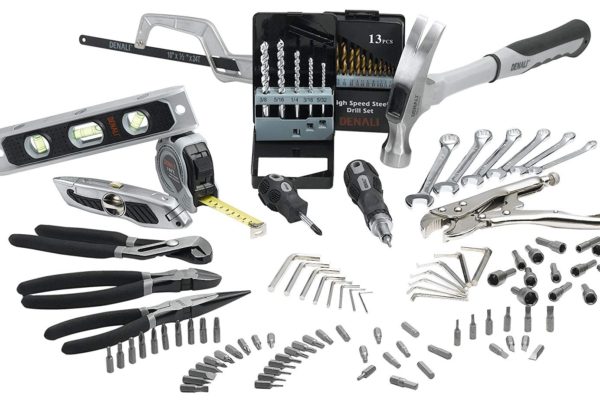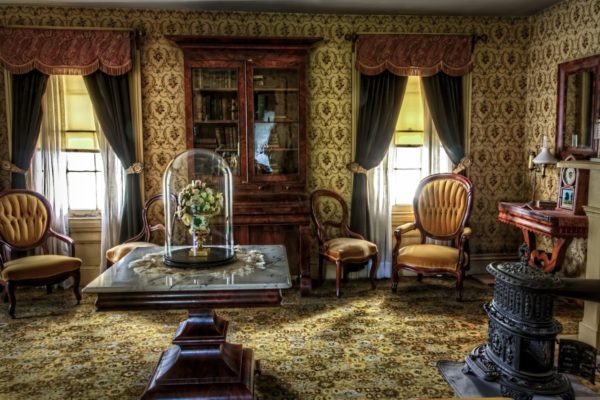Your hot water heater is an important part of your daily life, whether you use it to wash your hands, do the dishes, do laundry, or take a shower or bath. Twenty percent of the average household’s energy budget goes toward heating water. Here are some ways to make your gas hot water system work better. Let’s make sure that your hot water heater uses as little energy as possible.
Don’t use as much hot water
This is the first and most obvious thing you can do to improve the efficiency of your hot water heater. During the cold winter months, you can save money and energy by using less hot water. This is a simple and easy thing you can do. Fewer baths, shorter showers, loads of laundry done with cold water, and full dishwasher cycles all add up to more money saved.
Put in shower heads and faucet attachments that save water.
One way to use less hot water is to switch out your plumbing fixtures for ones that are more energy-efficient. Low-flow fixtures help cut down on the number of gallons per minute that are wasted as water. Shower heads and faucet aerators are easy and inexpensive to change out. The difference in how much energy is used is well worth the small cost.
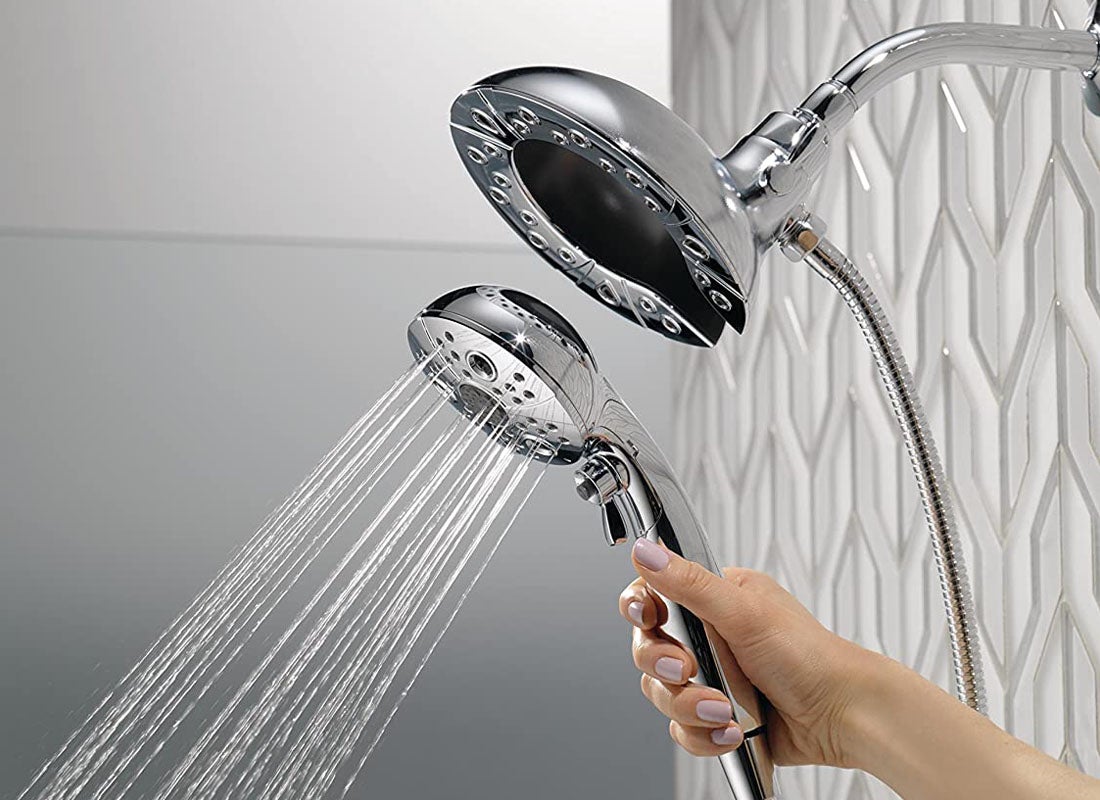
Turn down the heat on your water heater.
The other thing you can do is turn down the thermostat on your water heater. Most hot water heaters are set to 140 degrees when they are installed. But this is a setting that is way too high.
In the United States, the average temperature of a shower is about 106 degrees. Setting the thermostat on your water heater to 120 degrees will give you plenty of heat. Setting it to 120 degrees isn’t likely to change anything about how much hot water you use. It will also cut the amount of energy your water heater uses by 6–10%.
Every water heater has a thermostat built in, but many don’t show what the actual temperature settings are. Instead, these have fewer settings that are easier to understand, like “hot,” “warm,” etc. If this is the case, the “warm” setting will work better and be safer. This short video shows you how to turn down the thermostat on your water heater.
Keep your water pipes warm.
Insulating your water heater is one way to keep it from having to work harder than it needs to. If your hot water pipes (or cold water pipes) run through exposed areas of the house, you can stop heat from escaping unnecessarily by insulating them. After you’ve done some research and taken the right measurements, it’s not too hard to insulate pipes.
You can also use a water heater blanket kit to insulate the water tank itself. This may not be necessary if you have a newer water heater, since most of them already have insulation built in.




